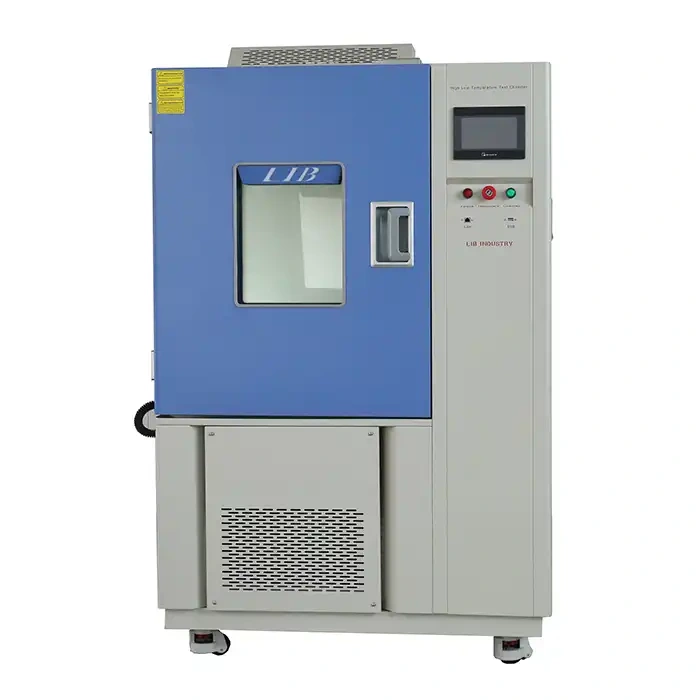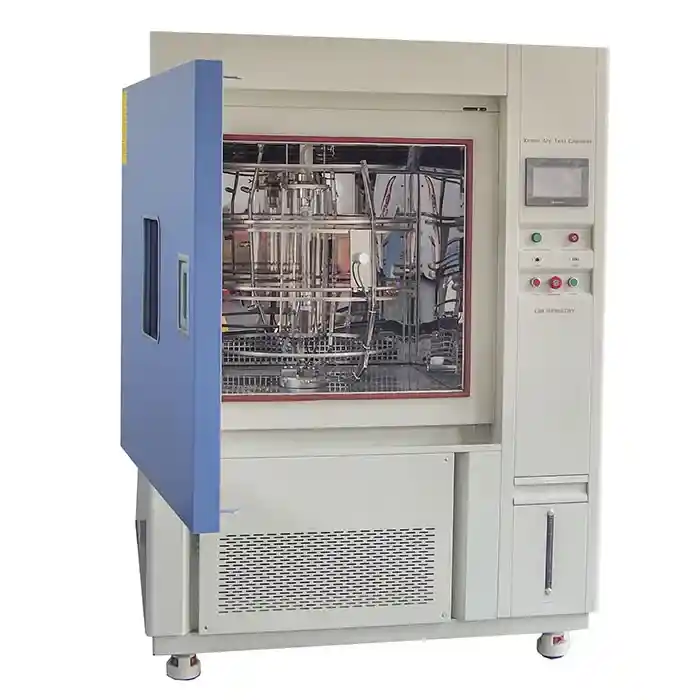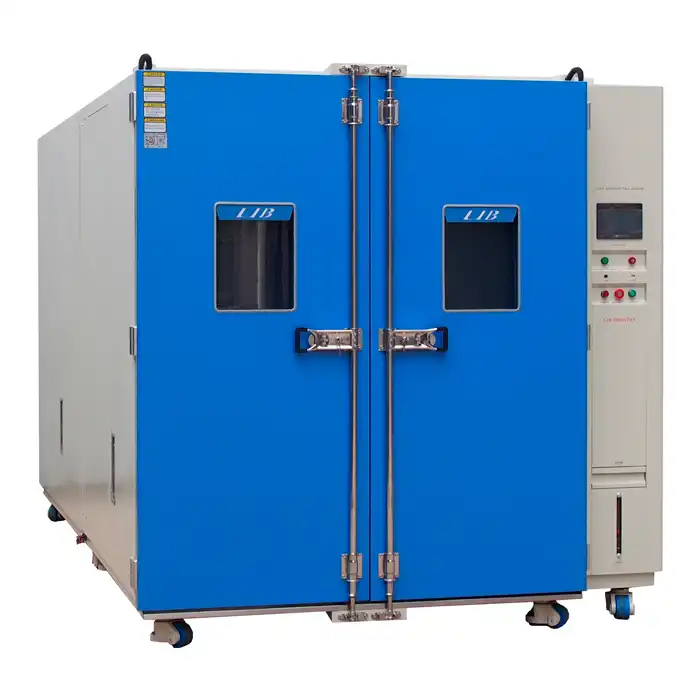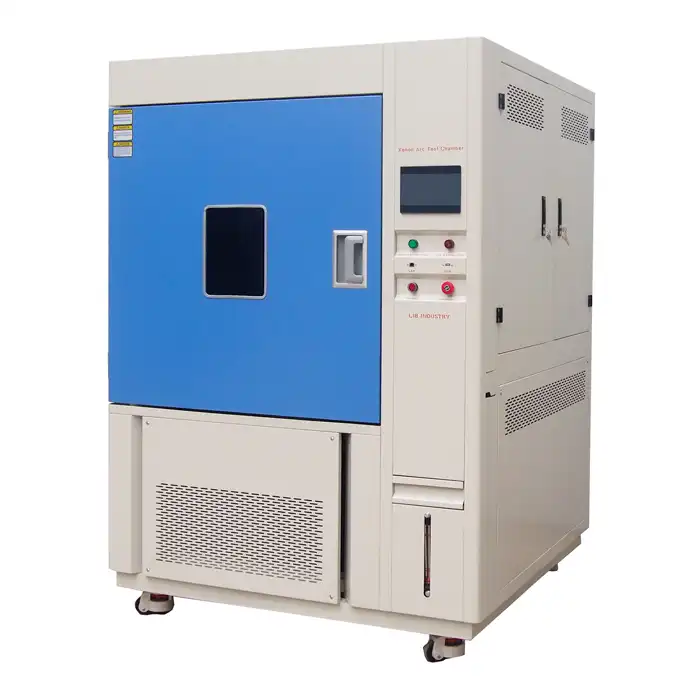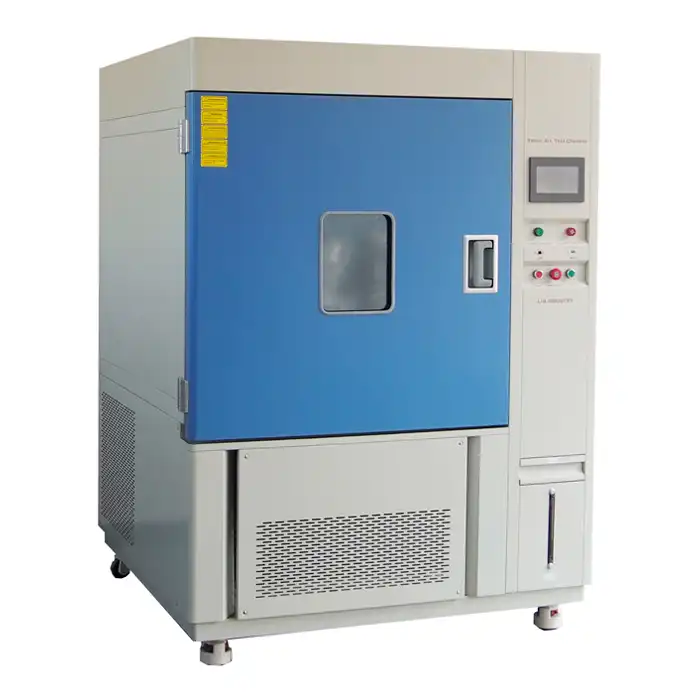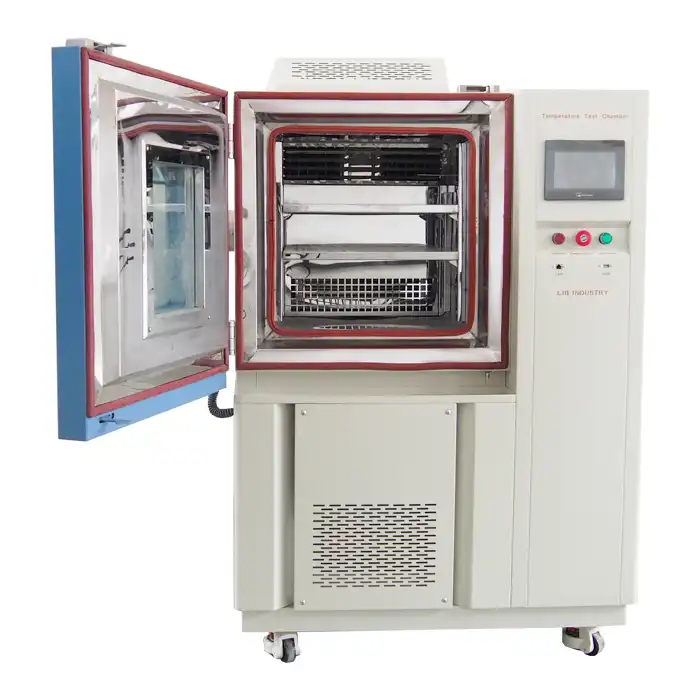Tips for Maintaining Your Small Environmental Test Chamber
Small environmental test chambers play a crucial role in various industries, allowing researchers and manufacturers to simulate diverse environmental conditions. Proper maintenance of these sophisticated devices ensures their longevity, accuracy, and reliability. In this comprehensive guide, we'll explore essential tips to keep your small environmental test chamber in top-notch condition.

♦Regular Cleaning and Inspection
Maintaining a clean and well-inspected small environmental test chamber is fundamental to its optimal performance. Let's delve into the key aspects of this maintenance practice.
Interior Cleaning Procedures
The interior of your small environmental test chamber requires meticulous cleaning to prevent contamination and ensure accurate test results. Use non-abrasive, lint-free cloths and mild detergents specifically designed for laboratory equipment. Pay special attention to corners, seals, and hard-to-reach areas where debris might accumulate.

Exterior Maintenance
While the interior demands rigorous cleaning, don't neglect the exterior of your small environmental test chamber. Regularly wipe down the outer surfaces with appropriate cleaning agents to remove dust, fingerprints, and other contaminants. This not only maintains the chamber's appearance but also prevents potential issues caused by external debris entering the system.

Systematic Inspection Routines
Implement a systematic inspection routine to catch potential issues before they escalate. Check for signs of wear, corrosion, or damage on components such as gaskets, seals, and electrical connections. Early detection of problems can save significant time and resources in the long run.
♦Calibration and Performance Verification
Ensuring your small environmental test chamber maintains its accuracy is paramount. Regular calibration and performance verification are indispensable aspects of maintenance.
Calibration Frequency
The frequency of calibration for equipment varies based on several factors, such as how often the equipment is used and the specific recommendations from the manufacturer. While an annual calibration is typically advisable for most applications, some situations may necessitate more frequent adjustments to ensure accuracy and reliability. It’s essential to review your equipment’s manual and consider industry standards to establish an optimal calibration schedule tailored to your specific operational requirements and to maintain consistent performance over time.
Performance Verification Tests
To maintain the efficiency of your small environmental test chamber, it is crucial to conduct regular performance verification tests. These assessments help confirm that the chamber operates within its specified parameters. Key tests should include temperature uniformity checks to ensure consistent conditions, humidity stability assessments to monitor moisture levels, and ramp rate verifications to evaluate how quickly the chamber can reach desired temperatures. It’s important to document all results carefully, as this data can be invaluable for future reference and trend analysis, helping you identify any potential issues before they escalate.
Sensor Maintenance
The accuracy of your small environmental test chamber is significantly influenced by the condition of its sensors. To ensure optimal performance, it's essential to clean and inspect temperature, humidity, and other sensors on a regular basis. This proactive approach helps prevent potential inaccuracies caused by dirt or wear. Additionally, promptly replacing any faulty or aging sensors is crucial for maintaining the chamber's precision and reliability, ensuring consistent and accurate testing conditions that meet your operational requirements.
♦Preventive Maintenance Schedule
A well-structured preventive maintenance schedule is the backbone of effective small environmental test chamber upkeep. Let's explore key components of this crucial practice.
Component Replacement
Certain components of your small environmental test chamber have limited lifespans and need to be replaced periodically to ensure optimal performance. Common parts that may require attention include filters, gaskets, and specific electrical components, which can wear out over time. To effectively manage these replacements, maintain a detailed inventory of all critical components and monitor their condition regularly. Adhering to the manufacturer's guidelines for replacement, as well as addressing any signs of wear and tear promptly, will help sustain the chamber's efficiency and reliability.
Lubrication and Mechanical Checks
To ensure the smooth operation of your small environmental test chamber, regular lubrication of moving parts is essential. Begin by identifying all key lubrication points, and create a consistent schedule to perform this task. In addition to lubrication, it’s important to conduct mechanical checks on components such as hinges, latches, and other movable parts. These inspections will help verify that everything functions correctly and safely, preventing potential issues and extending the lifespan of your chamber's mechanical components.
Software and Firmware Updates
Keeping your small environmental test chamber’s software and firmware up to date is crucial for optimal performance. These updates typically provide essential bug fixes, enhance system functionality, and may introduce new features that improve overall efficiency. Regularly checking with the manufacturer for the latest updates ensures that your chamber benefits from the most recent advancements. When updates are available, it’s important to follow the manufacturer’s installation instructions carefully to avoid any issues and maintain the chamber's reliability and accuracy.
♦Conclusion
By adhering to these comprehensive maintenance tips, you can significantly extend the lifespan of your small environmental test chamber while ensuring its continued accuracy and reliability. Remember, proper maintenance not only protects your investment but also guarantees the validity of your test results, which is crucial in research and manufacturing processes.
♦Contact Us
If you're looking for expert guidance on maintaining your small environmental test chamber or need assistance with environmental testing solutions, don't hesitate to reach out to us. Our team at LIB Industry specializes in providing turn-key solutions for environmental testing, including research, design, production, commissioning, delivery, installation, and training. Contact us today at info@libtestchamber.com to learn how we can support your environmental testing needs.
References
1. Johnson, A. (2022). Environmental Test Chamber Maintenance: Best Practices and Guidelines. Journal of Laboratory Equipment Maintenance, 15(3), 78-92.
2. Smith, B., & Brown, C. (2021). Calibration Techniques for Small-Scale Environmental Chambers. International Journal of Metrology and Quality Assurance, 29(2), 145-160.
3. Environmental Testing Solutions Inc. (2023). Comprehensive Guide to Environmental Test Chamber Upkeep. 3rd Edition. New York: ETS Publishing.
4. Lee, D., et al. (2022). Impact of Regular Maintenance on Environmental Test Chamber Longevity: A 10-Year Study. Applied Sciences and Engineering Quarterly, 41(4), 302-318.
5. National Institute of Standards and Technology. (2021). Recommendations for Environmental Chamber Calibration and Verification. NIST Special Publication 800-53, Revision 5.
6. Zhang, Y., & Wong, F. (2023). Advancements in Small Environmental Test Chamber Technology and Maintenance. Automation in Laboratory Equipment, 18(2), 210-225.



